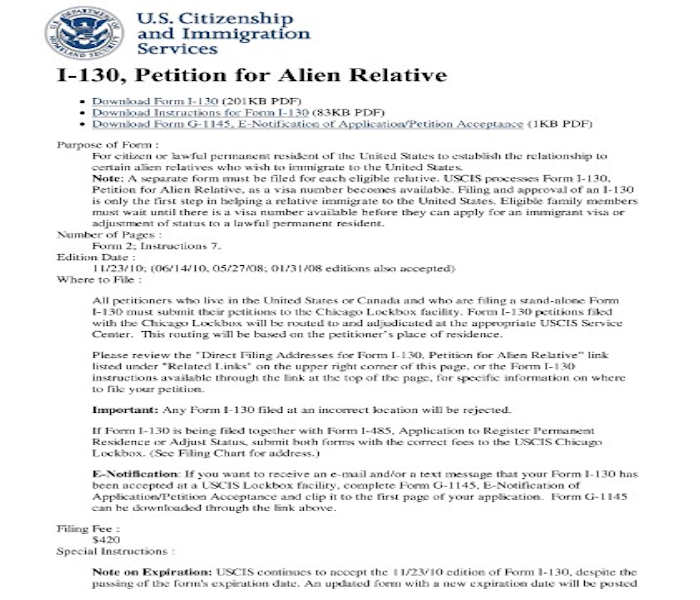The term “interlineation” may not be a common part of your everyday vocabulary, but it carries significant importance in the world of writing, editing, and legal documentation. In this article, we’ll explore the meaning of interlineation, its uses, and why it matters.
Defining Interlineation
Interlineation refers to the practice of inserting words, phrases, or corrections between the lines of a text or document. It is a method used to make changes or additions to existing content without rewriting the entire text. Interlineation can be done by hand, typewriter, or with the help of digital editing tools, depending on the context.
The Role of Interlineation in Various Fields
Interlineation finds applications in several fields, each with its own purpose and significance:
1. Legal Documents
In legal contexts, interlineation is often used to amend or clarify contract terms, wills, deeds, or other important documents. Lawyers may interlineate to ensure that the document accurately reflects the parties’ intentions or to address unforeseen circumstances without invalidating the entire document.
2. Literature and Manuscripts
Interlineation has a rich history in literature. Authors and poets have used it to refine their prose or poetry by adding, revising, or deleting words. Some famous literary works bear the marks of interlineation, offering insights into the creative process.
3. Editing and Proofreading
In modern publishing and writing, interlineation has evolved into a digital form. Editors and proofreaders use track changes and comments in word processing software to suggest revisions and improvements, essentially performing interlineation electronically.
Why Interlineation Matters
Interlineation is more than a technical term; it represents a crucial aspect of textual evolution and precision. Here’s why it matters:
1. Preservation of Original Intent
In legal documents and historical texts, interlineation helps preserve the original intent of the author or parties involved while accommodating necessary changes or updates.
2. Literary Insights
Interlineation in literary manuscripts provides a glimpse into the creative process of renowned authors, shedding light on their revisions and the evolution of their ideas.
3. Efficiency in Editing
In modern editing, interlineation streamlines the revision process by allowing editors to make changes without altering the entire document. This efficiency saves time and resources.
Conclusion
Understanding the definition and significance of interlineation is essential for anyone dealing with written content, whether in legal, literary, or editorial contexts. It represents a versatile and practical tool for making changes, clarifying text, and ensuring precision while maintaining the integrity of the original document or manuscript.
In a world where words carry great weight, interlineation serves as a testament to the power of language and the need for precision and adaptation in various fields. Whether you’re a legal professional, a writer, or an editor, the art of interlineation is a valuable resource in your toolkit for effective communication and expression.







